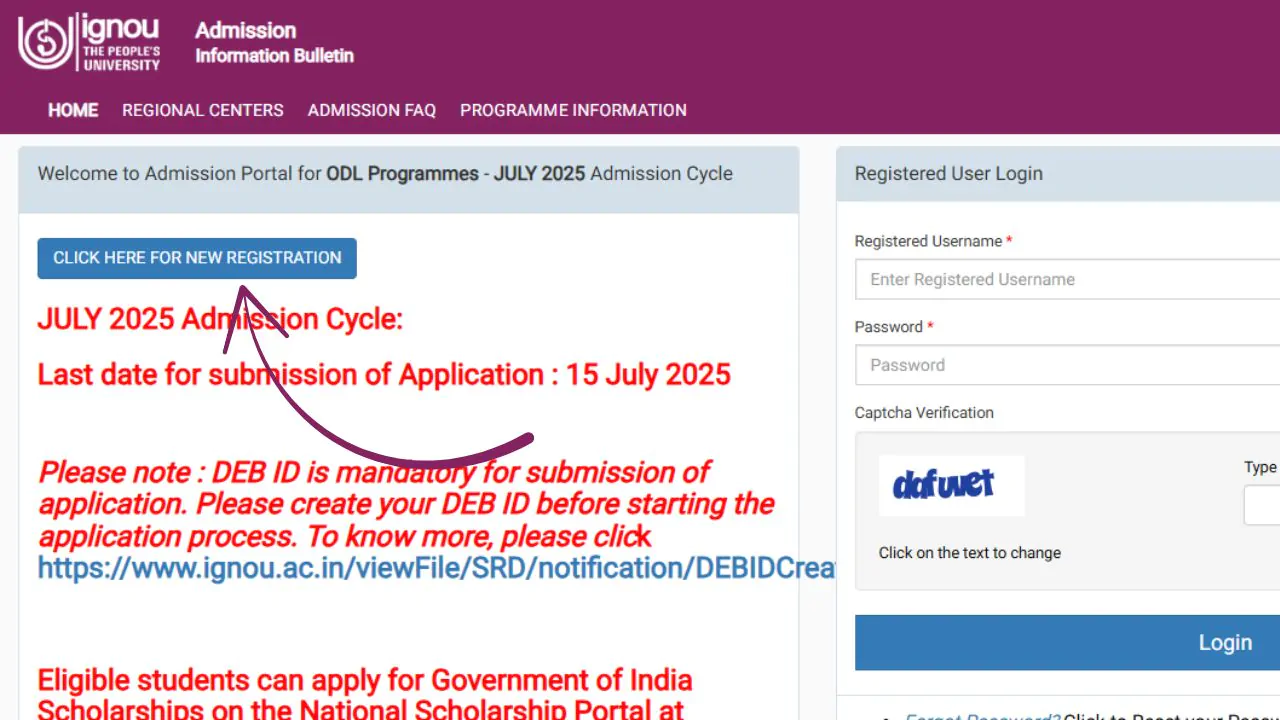With 2025 well underway, the smartphone industry remains divided mainly between two key operating systems: Android and iOS (used on iPhones). Both operations have strived to improve over the years, bringing with them certain benefits and basing them on user preferences. Selecting between Android and iPhone is no longer tied purely to hardware or software; it also needs to consider intra-system integration, innovation, privacy, user experience, and cost. After going through this comparison, you will be able to understand each platform’s features and decide which one suits your requirements.
Android remains the leading mobile operating system in terms of adoption, capturing nearly 71% of the global smartphone market share in 2025. This is mainly due to the numerous OEMs using the Android system, which include, but are not limited to Samsung, Google, Xiaomi, OnePlus, and others. These brands offer budget devices ranging from entry-level phones priced under ₹10,000 to premium flagship phones priced over ₹1,00,000, making smartphones more accessible to the populace in developing regions such as India, Africa, and Southeast Asia.
On the other hand, Apple’s iPhone captures approximately 29% of the global market share but leads in the value-added segment. iPhones are especially popular in developed regions, such as the US, Japan, and parts of Europe. Even though Apple’s market share is relatively lower, the company’s impact is disproportionate due to the brand loyalty it enjoys and the sales revenue and services it provides.
Range and Personalization of Products
Flexibility and a wide range of products are among Android’s most significant advantages. If you want a phone with a bigger screen, a foldable screen, a high refresh panel, or a sophisticated camera, android sellers have got you covered. Besides, because Android is open-source, users have significant control over how they interact with the system, such as setting default applications, launching custom launchers, or placing various widgets. This brings great appeal to technology aficionados and those seeking greater control over their devices.
On the other hand, Apple manages its annual iPhone launches much more precisely, which functions as a singular, clearer choice for consumers. Having fewer options doesn’t just simplify the decision process; it maintains ecosystem optimization. Apple aims for seamless integration of components and systems, ensuring consistent efficiency and trustworthiness. These are more restricted on iOS than Android because Apple focuses on consistency rather than individuality.
Windows and Hardware
The A18 Pro chip is set to power Apple’s iPhone units in 2025, which is unrivalled in the industry for its sheer processing power, energy efficiency, and graphics capabilities, as measured by computing metrics. Smooth multitasking, gaming, and augmented reality-driven multitasking, utilizing Apple’s custom silicon blend with iOS, benefits from tight coupling, granting effortless performance even for energy-intensive tasks like long-term software support triage.
The gap has narrowed with flagship models from Android, particularly those leveraging Qualcomm’s Snapdragon 8 Gen 4 or Google Tensor G3. Performance in graphics, AI capabilities, and battery optimization is strong. However, there is still a wide diversity in performance across models and manufacturers due to the variety Android provides.
Ecosystem and Integration
Apple’s ecosystem is often cited as a key factor in customer retention among iPhone users. There is seamless synergy between iPhone, iPad, MacBook, Apple Watch, and AirPods due to sophisticated software programs like iCloud and Apple Music. The user experience is enhanced through services like Apple Pay. Handoff, Universal Clipboard, and Continuity enable users to maintain multi-device engagement without interruption.
Due to the multitude of Android mobile device vendors and service providers, the Android ecosystem is more fragmented. Google has been steadily working on improving ecosystem integration with Wear OS smartwatches, Chromebooks, and Google Home smart speakers. The mobility of Android users to select devices and tailored services is advantageous; however, the tightly bound experience offered by Apple is missing.
Privacy and Security
Protecting individual privacy is an essential aspect for smartphone buyers. Apple has marketed itself as a privacy-focused company, featuring tools such as App Tracking Transparency, on-device processing for Siri and Maps, and strict policies for the App Store. Moreover, Apple’s iOS closed system reduces exposure to malware, as well as the risk of unauthorized and rogue app installations.
The implementation of Google’s continuously updated security systems, sophisticated permission controls, and algorithms for threat detection powered by artificial intelligence marks an accomplishment in privacy and security advancements. However, the accessibility of the Android operating system and the existence of alternative app stores create additional vulnerabilities for the less vigilant users.
Application Ecosystem and Spending
Users of the iPhone continue to demonstrate impressive spending prowess, as the Apple App Store maintains its status of nearly twice the revenue of the Google Play Store. It is common for developers to focus on launching new apps and updates on iOS first, owing to its monetization potential. Regardless, Android users enjoy a larger variety of free applications in addition to the flexibility of in-app distribution.
Innovation and Anticipated Trends
Xiaomi and Samsung are already leading the Android market in terms of hardware innovation compared to the competition. In 2025, these innovations are expected to accelerate further with the mass adoption of foldable smartphones. Users eager for cutting-edge designs and advanced technology are already finding multiple foldable offerings from these brands. Apple, however, focuses on refining its existing lines, so the earliest expectation for Apple in the foldable smartphone space is 2026.
Both platforms are pursuing the integration of artificial intelligence with fervour. Android 15 heavily incorporates Google’s AI for voice interaction, photo features, and even advanced future text. On the more conservative front, Apple is cautiously rolling out AI functionality with a privacy-centric approach on iOS 18, leaning towards privacy-preserving machine learning.
User Retention and Satisfaction
Both platforms have kept a high user retention rate, with Android at 91% and iOS at 86%. This shows that loyalty to the brand and satisfaction with it is strong. The choice is primarily based on individual preference, the degree of ecosystem engagement, and the pricing tier.
Conclusion
Your priorities will likely guide the choice between Android and iPhone in 2025. An Android smartphone would be ideal for those wanting an expansive selection of devices, a la carte options, affordable pricing, and innovative technology. It offers tailored flexibility for almost any budget and use case.
For those who favour exquisite design, a cohesive ecosystem, strong privacy protections, and dependably fast services, the iPhone is unmatched. For heavily invested Apple users, the closed ecosystem provides a seamless user experience due to its walled garden.
Both platforms have transitioned to feature-rich, stable operating systems with loyal users. The decision now boils down to individual preferences, financial considerations, and the features most valued in a smartphone.
Read: Rinku Singh and Priya Saroj Engage in Celebration in Lucknow









